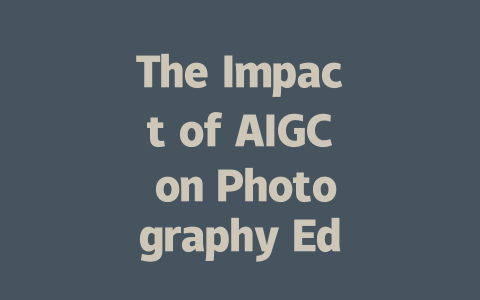
In recent years, the advent of Artificial Intelligence Generated Content (AIGC) has significantly transformed various fields, including photography education and art creation. This article explores how AIGC is reshaping the landscape of photography, influencing teaching methods, and altering the way artists approach their creative processes.
AIGC: Revolutionizing Photography Education
The integration of AIGC into photography education is opening up new avenues for teaching and learning. Traditional methods of instruction often focus on technical skills and the creative process, but with the rise of AIGC tools, educators are adopting innovative approaches.
Enhanced Learning Experiences
AIGC tools allow students to experiment with photography techniques that would otherwise require advanced skills or expensive equipment. For example, software that uses AI algorithms can simulate lighting conditions, enabling students to visualize the effects before they even pick up a camera. This capability not only enhances comprehension but also encourages experimentation, fostering a more dynamic learning environment.
Tailored Education
AIGC enables personalized learning experiences. By analyzing a student’s progression and style, AI-powered platforms can offer tailored recommendations, such as tutorials, resources, or even specific projects that suit their interests and skill level. This customization helps students stay engaged and motivated, making photography education more accessible and effective.
New Horizons for Art Creation
Beyond education, AIGC is drastically altering the process of art creation itself. Photographers and artists are beginning to leverage AI tools to enhance their work in novel ways.
Creative Collaboration
AIGC serves as a collaborator for artists by providing new ways to generate ideas and concepts. AI can analyze vast amounts of visual data, suggesting compositions, color palettes, and thematic elements that artists might not have considered. This collaboration doesn’t replace human creativity; rather, it augments it, giving artists fresh perspectives and inspiring them to push their boundaries.
Blurring Genres and Styles
With AIGC, artists can blend various styles and genres more effortlessly. AI tools can mimic different artistic influences, enabling creators to experiment with unique combinations and create hybrid art forms. This merging of styles opens up a realm of possibilities, further challenging traditional definitions of photography and art.
Ethical Considerations in AIGC
While the benefits of AIGC in photography education and art creation are profound, they also come with ethical implications that cannot be overlooked.
Authenticity and Ownership
As AI technologies generate content, questions regarding authorship and ownership arise. Who is the true creator of an artwork produced with the assistance of AI? Is it the artist who inputs the parameters, the AI itself, or both? This raises crucial debates about intellectual property rights and the essence of creative attribution.
The Danger of Homogenization
There is also the risk that reliance on AIGC may lead to a homogenization of artistic styles. If many artists use the same AI tools and algorithms, the uniqueness of individual expression could diminish. It is essential for educators and artists to strike a balance, ensuring that while they embrace technology, they maintain their distinct voices and perspectives.
Conclusion
The impact of AIGC on photography education and art creation is undeniable. By revolutionizing how we teach and approach artistry, AIGC offers exciting opportunities for innovation and creative exploration. However, as we navigate these changes, it is crucial for artists, educators, and institutions to engage with the ethical implications, fostering a landscape where technology and humanity coexist harmoniously in the realm of creative expression.

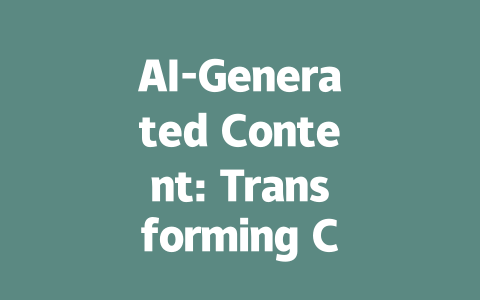
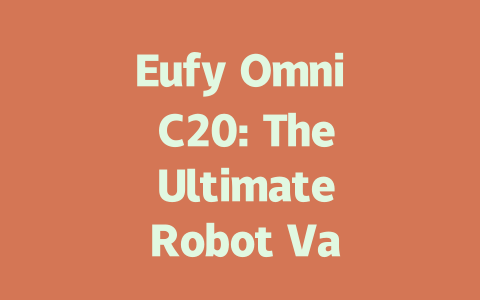
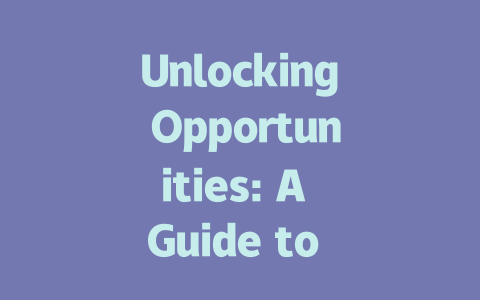



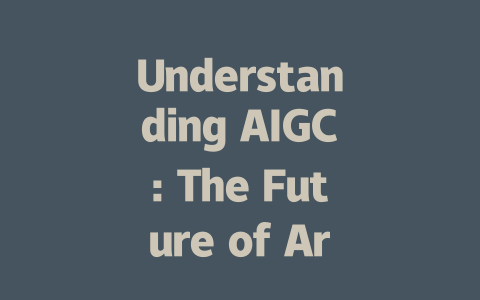
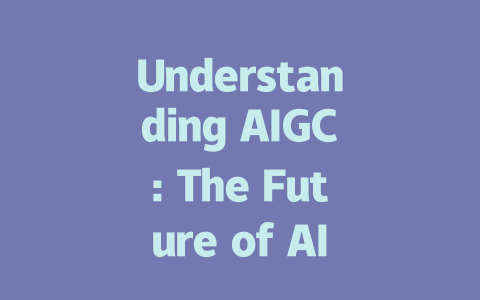
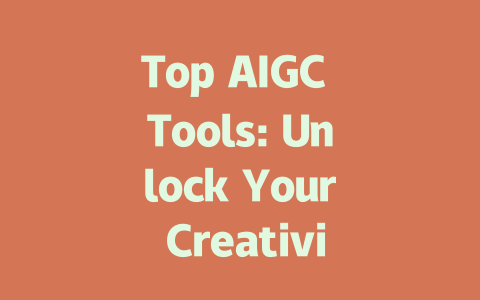
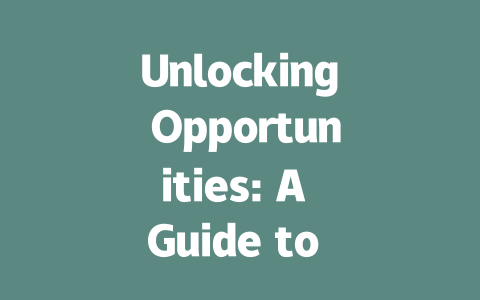

暂无评论内容